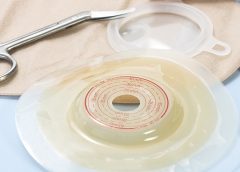Check out the following resources, all designed to help you in your clinical practice.
Human trafficking resources
Victims of human trafficking often suffer tremendous physical and psychological damage. Clinicians play an important role in identifying potential victims so they can obtain help.
Here are some resources to learn more about human trafficking.
• “Addressing human trafficking in the health care setting” is an online course that includes a downloadable quick-reference guide that can be saved and easily accessed from a mobile device to assist providers with essential information in the healthcare setting. (more…)
Read More









